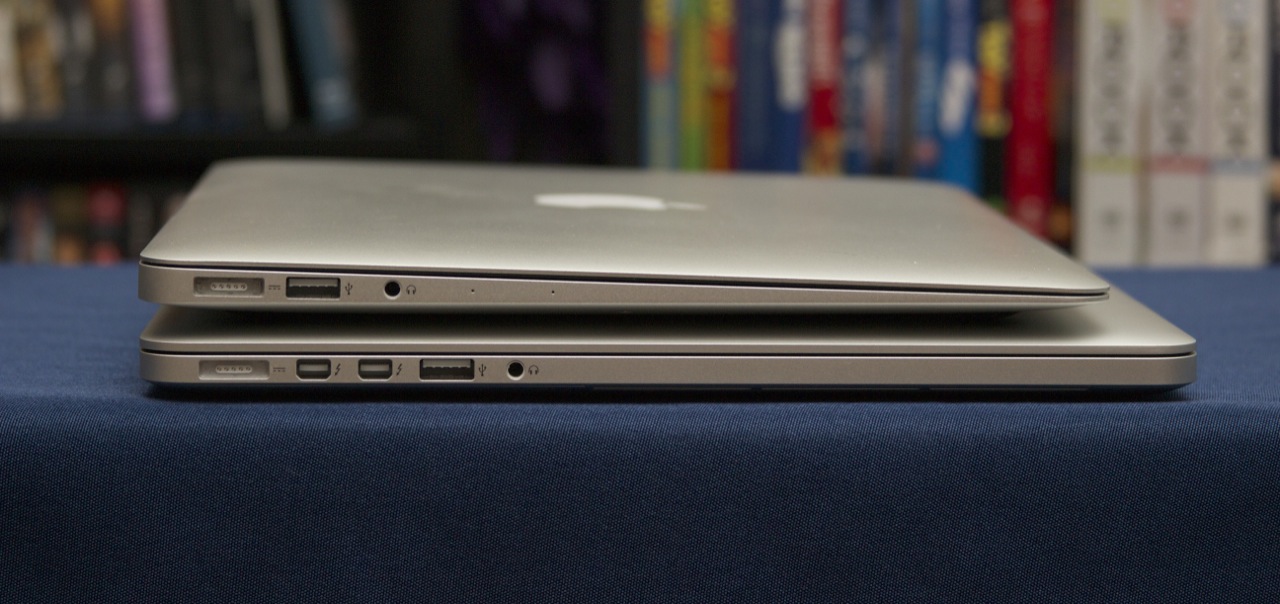

Therefore, be sure to keep your high performance storage arrays, such as an SSD RAID array, on separate Thunderbolt busses. Don’t Mix Displays and Storage on the Same Thunderbolt Busĭisplays, especially high resolution options like the 27-inch Apple Thunderbolt Display or the 28-inch Dell P2815Q 4K Monitor, will consume a significant chunk of the bandwidth allotted to each Thunderbolt bus.
#BEST MONITORS FOR MACBOOK PROEARLY 2013 PRO#
While most common Mac Pro setups will work just fine with a random connection of ports and devices, users should take note of the following recommendations to make sure that their expensive peripherals operate at maximum speed.

The bandwidth of one bus can be completely saturated without affecting the bandwidth of the other busses.Īpple conveys this reality to users in the above-mentioned Knowledge Base article by limiting the number of displays per Thunderbolt bus to two, as the bandwidth required by more than two displays may exceed the allotment provided to that bus, not to mention the requirements of any other devices connected to the Thunderbolt chain.īut the same limitations that affect displays also affect high performance Thunderbolt peripherals such as RAID arrays, hubs, and PCIe expansion chassis. Each of these three busses has a dedicated allotment of bandwidth from the system’s PCIe controller, which equates to an estimated 5 gigabytes per second each (note the distinction between giga bytes (GB) and giga bits (Gb) one gigabyte equals 8 gigabits).


 0 kommentar(er)
0 kommentar(er)
